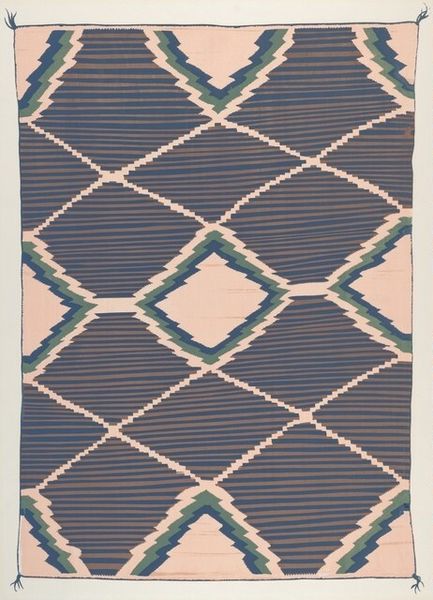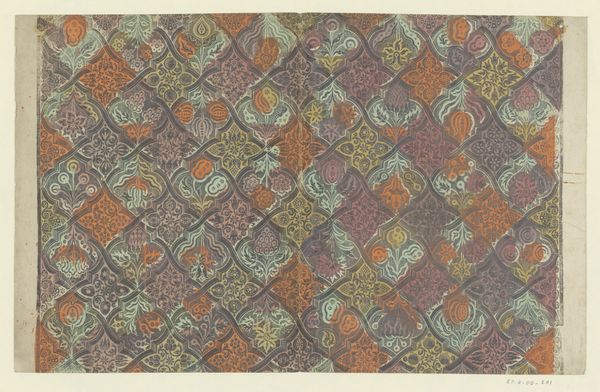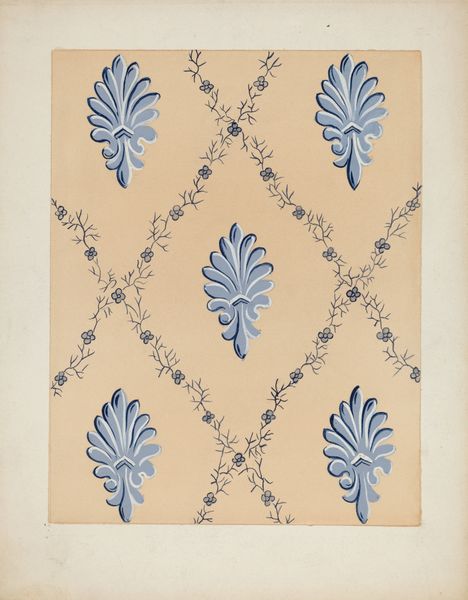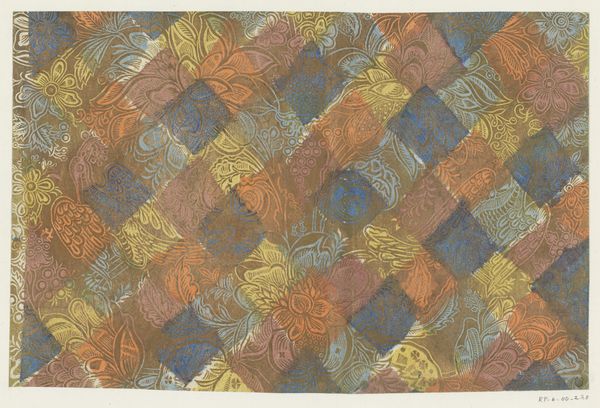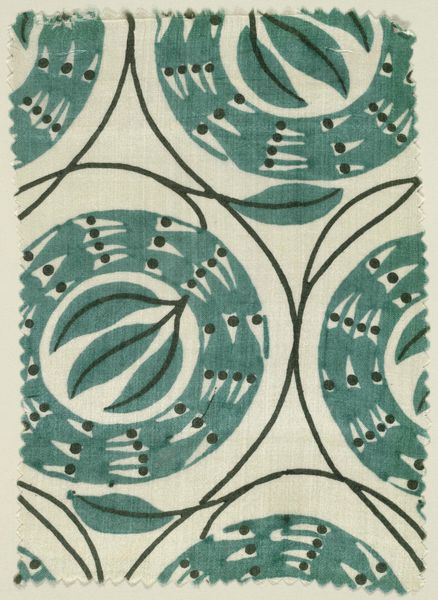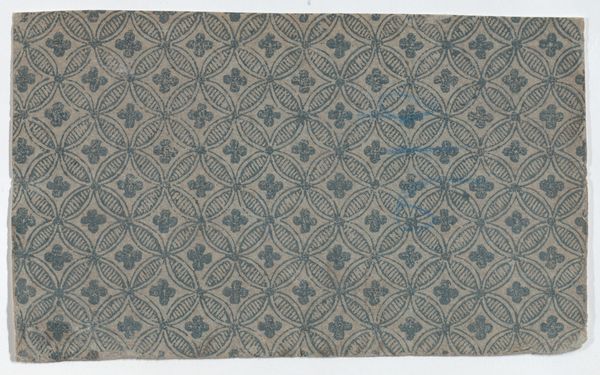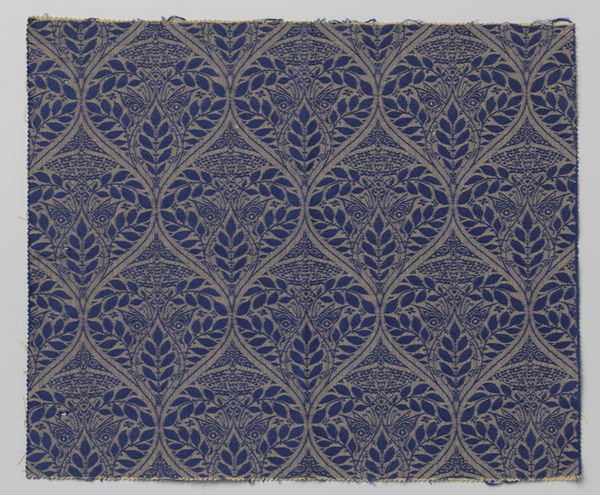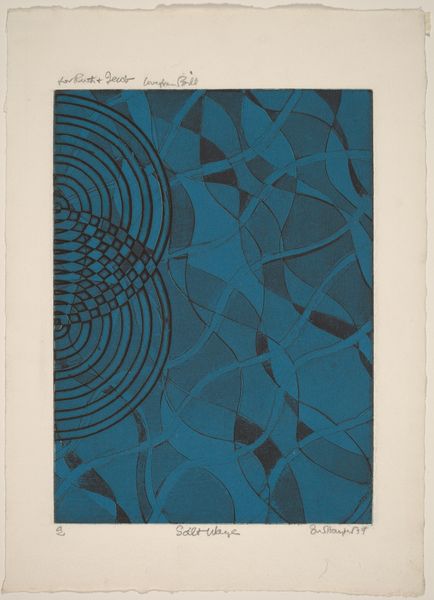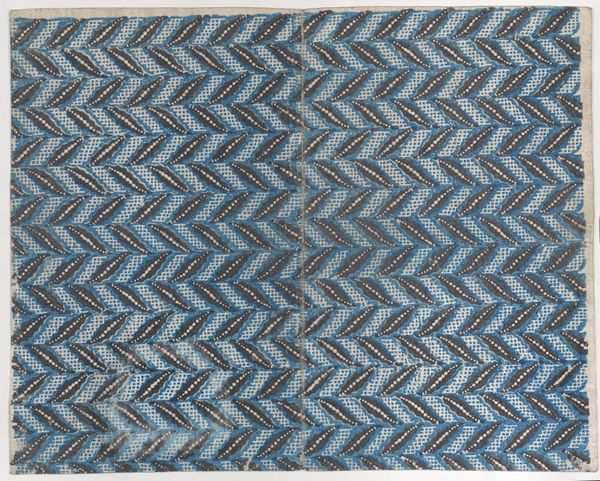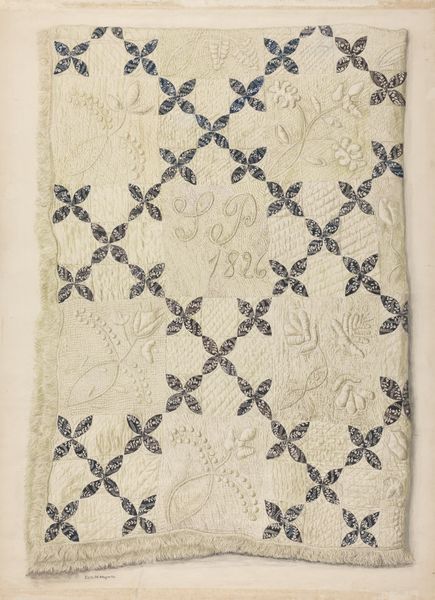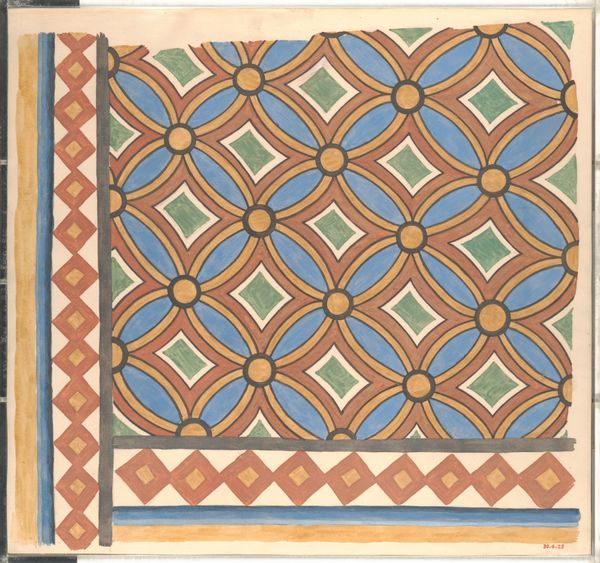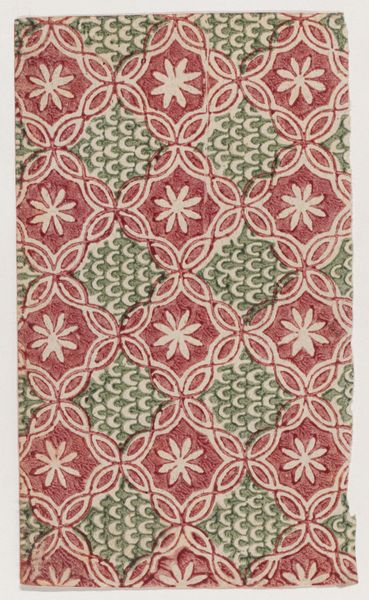
textile
#
folk-art
#
textile
#
geometric pattern
#
folk-art
#
geometric
#
textile design
Dimensions: overall: 35.7 x 26.3 cm (14 1/16 x 10 3/8 in.) Original IAD Object: 72" wide; 84" long
Copyright: National Gallery of Art: CC0 1.0
Editor: Here we have Cora Parker's "Quilted and Pieced Coverlet," created around 1938. It seems to be a drawing of a quilt design, primarily using blue and off-white hues. The geometric pattern is visually striking. What stands out to you in this piece? Curator: Immediately, I'm drawn to the intersections of gender, labor, and artistry inherent in quilt making. Think about the historical context: in 1938, quilting was often relegated to the domestic sphere, a craft primarily practiced by women. The geometric patterns aren’t merely decorative; they can be seen as coded languages, repositories of memory, and quiet acts of resistance. Do you see the repetition as restrictive or empowering? Editor: I hadn't thought of it that way. I guess I saw the repetition as almost meditative, but I can see how that could be limiting too. Is that why it is tagged folk-art? Curator: Precisely. The "folk art" label is complex. While it acknowledges the work's connection to tradition and community, it can also inadvertently marginalize the piece, separating it from the realm of "high art." Who decides what’s elevated and what’s not, and what power structures are at play there? Quilts carry complex social histories in every stitch. Editor: So by seeing it as art, we are questioning social norms and maybe opening it to other meanings? Curator: Absolutely. What if we read Parker's geometric abstractions through a lens of feminist formalism? Can the interplay of line, shape, and color speak to female experiences of confinement, or resilience, or even collective action? And let's not forget the materiality. What does it mean to create something beautiful and useful out of scraps? Editor: I think I have a much better sense now of how this coverlet, or drawing of it, represents so much more than just a simple pattern. Curator: Indeed, it invites us to reconsider how we value craft, how we define art, and how we understand the stories embedded in everyday objects.
Comments
No comments
Be the first to comment and join the conversation on the ultimate creative platform.
